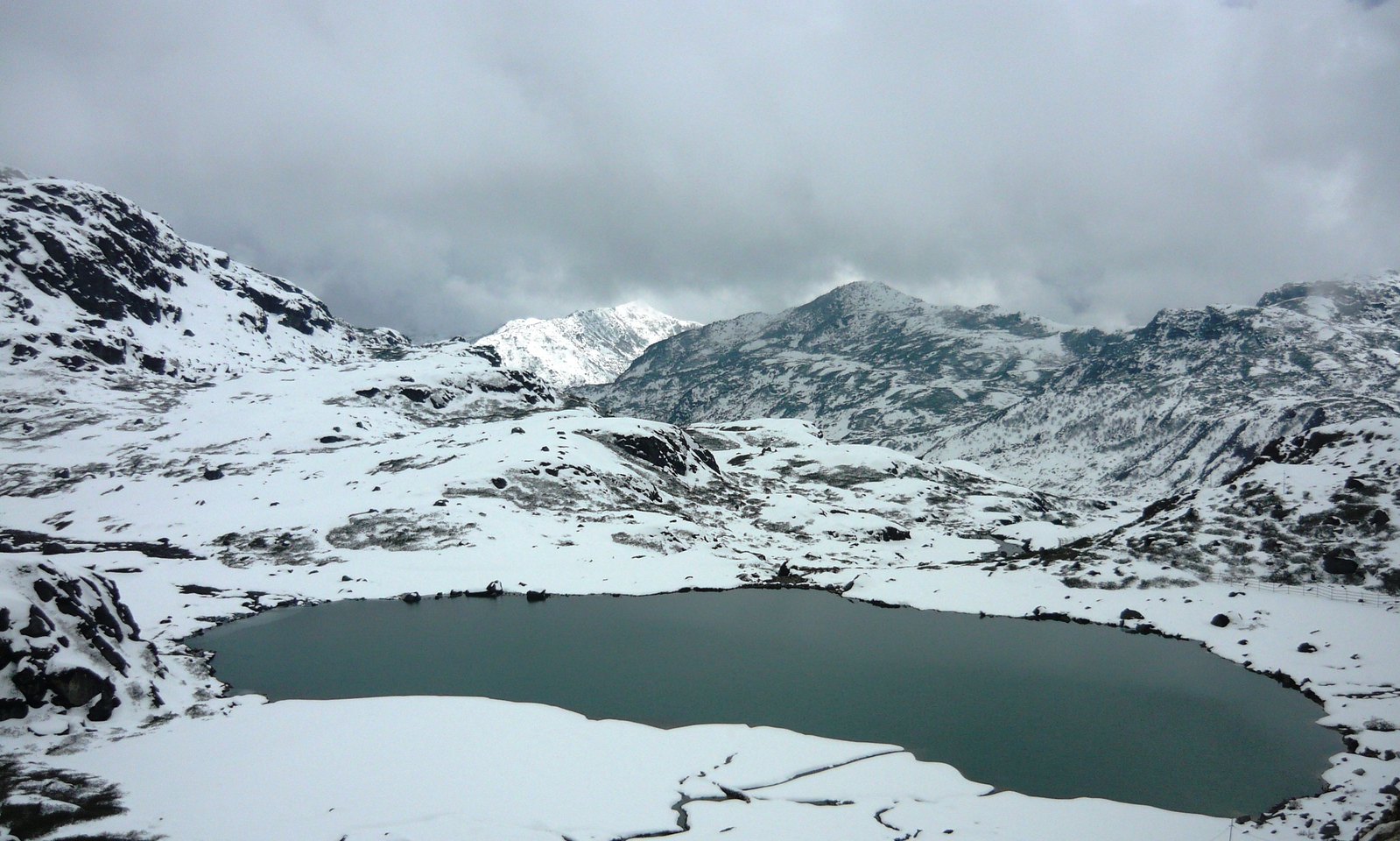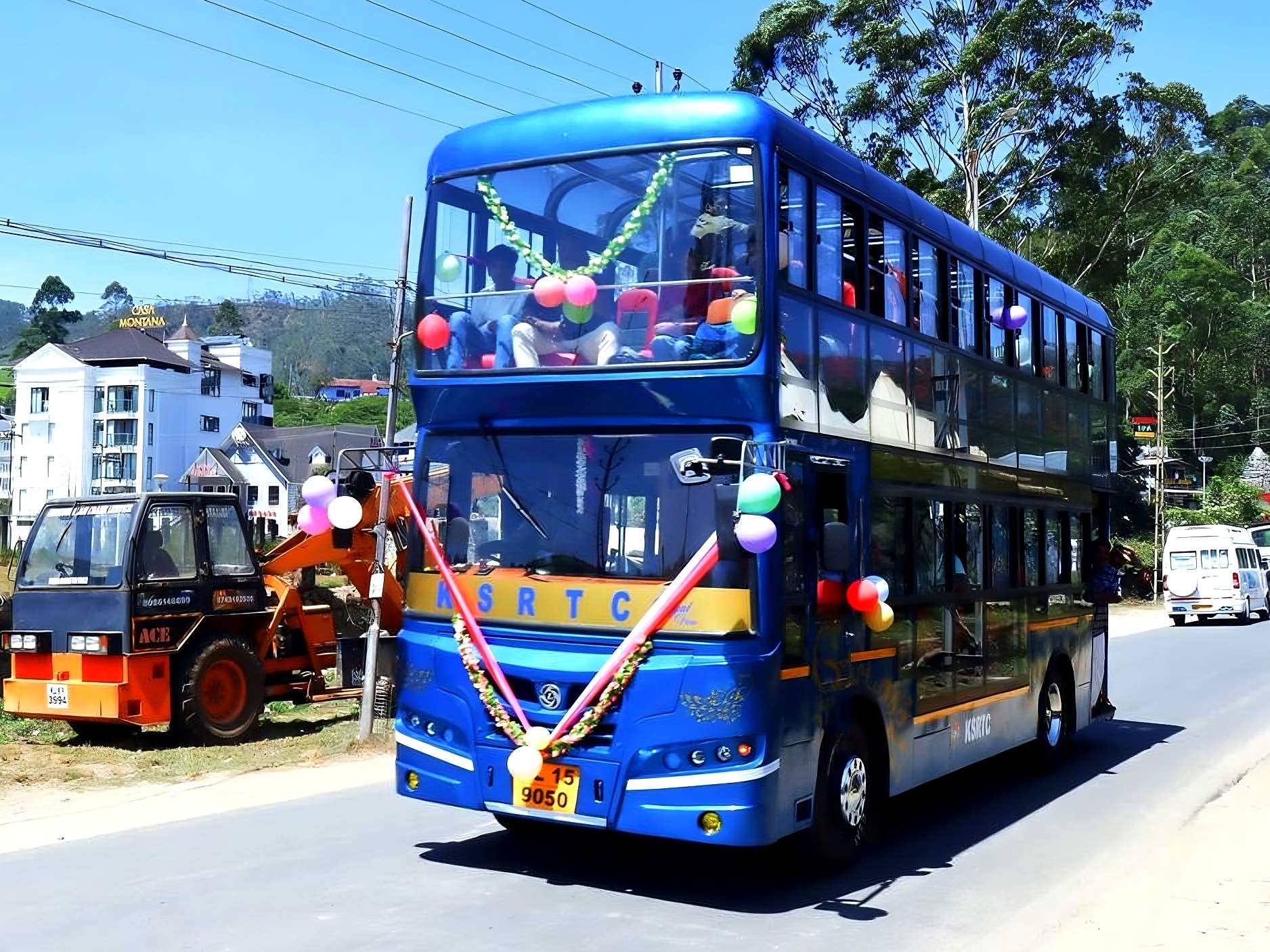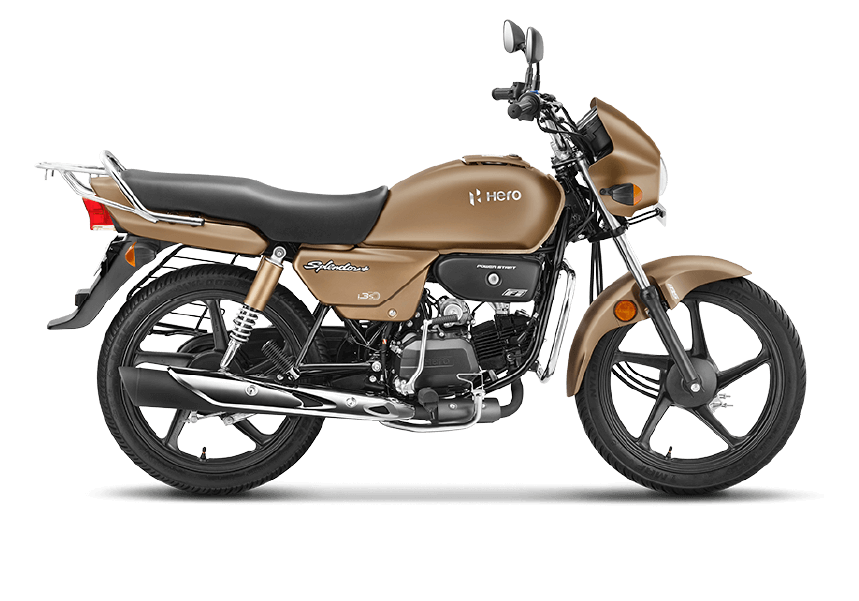The name “Sikkim” is derived from the Limbu word “Sukhim,” meaning “the land of peace.” Its history dates back centuries, with various dynasties ruling the region. In 1975, Sikkim became the 22nd state of India after a referendum.
Famous things:
- Kanchenjunga: The world’s third highest mountain, offering breathtaking views and challenging trekking experiences.
- Yumthang Valley: A mesmerizing valley known for its rhododendron flowers, blooming in vibrant colors during spring.
- Nathula Pass: A mountain pass bordering China, offering scenic vistas and cultural significance.
- Tsomgo Lake: A high-altitude lake known for its tranquil beauty and reflection of the surrounding mountains.
- Gangtok: The vibrant capital city, adorned with monasteries, temples, and colonial architecture.
- Khangchendzonga National Park: A UNESCO World Heritage Site, home to diverse flora and fauna, including the elusive snow leopard.
- Lachung & Lachen: Picturesque villages located in North Sikkim, offering stunning views of the Himalayas and traditional Sikkimese culture.
- Rumtek Monastery: One of the largest and most important monasteries in Sikkim, belonging to the Kagyu school of Tibetan Buddhism.
- Do-Drul Chorten: A massive stupa located in Gangtok, showcasing intricate Buddhist art and architecture.
- Handicrafts: Exquisite hand-woven carpets, silk products, and wood carvings are renowned for their craftsmanship and beauty.
Geographical Landscape:
Sikkim boasts a diverse landscape, encompassing snow-capped mountains, lush valleys, gushing rivers, and serene lakes. Its terrain ranges from high-altitude peaks to rolling hills and fertile plains.
Festivals:
Sikkim celebrates various vibrant festivals throughout the year, reflecting its rich cultural heritage and religious diversity. Some of the most popular festivals include:
- Losar: The Tibetan New Year, marked by colorful prayers, traditional dances, and festive meals.
- Bhogtse: A festival dedicated to the mountain god Kanchenjunga, featuring rituals, offerings, and cultural performances.
- Saga Dawa: A Buddhist festival celebrating the birth, enlightenment, and death of Lord Buddha, marked by prayers, offerings, and processions.
- Drupka Teshi: A harvest festival celebrated by the Bhutia community, featuring traditional dances, archery competitions, and community feasts.
- Dashain: A Hindu festival celebrating the victory of good over evil, featuring prayers, offerings, family gatherings, and exchange of gifts.
Dance and Music:
Sikkim is known for its vibrant dance and music traditions, influenced by Tibetan and Nepali cultures. Some notable forms include:
- Cham Dance: A religious dance performed by monks in colorful costumes, accompanied by chanting and traditional instruments.
- Yak Dance: A lively dance performed by men wearing yak masks, showcasing strength and agility.
- Maruni Dance: A graceful dance performed by women, characterized by rhythmic movements and colorful attire.
- Sikkimese folk music: Captivating music featuring instruments like the damphu, the madal, and the flute, accompanied by soulful vocals.
Famous old literatures:
- The Lepcha Script: An ancient script used by the Lepcha community, believed to be more than 600 years old, and currently facing extinction.
- The Limbu Script: An indigenous script used by the Limbu community, developed in the 17th century, and recognized by the Government of Sikkim.
- Bumthang: An epic poem written in the Lepcha language, narrating the story of the Lepcha people’s origin and migration to Sikkim.
- The Chronicles of the Chogyals: A historical account of the S
Sikkim: A Tapestry of Spirituality, Nature, and Cultural Delights
Temples:
Sikkim’s rich cultural heritage is reflected in its numerous temples, offering spiritual solace and architectural beauty:
- Rumtek Monastery: The largest and most important monastery in Sikkim, belonging to the Kagyu school of Tibetan Buddhism.
- Pemayangtse Monastery: A renowned monastery situated amidst scenic mountains, known for its peaceful atmosphere and ancient scriptures.
- Do-Drul Chorten: A massive stupa located in Gangtok, showcasing intricate Buddhist art and architecture.
- Enchey Monastery: An ancient monastery perched on a hilltop, offering stunning views of the surrounding valleys.
- Tashiding Monastery: A revered monastery believed to be the oldest in Sikkim, housing a collection of Buddhist relics and artifacts.
Beaches:
While not as renowned for beaches as other Indian states, Sikkim boasts a hidden gem:
- Lake Tsomgo: A high-altitude lake surrounded by snow-capped mountains, offering serene beauty and the opportunity to witness migratory birds.
Hills:
Sikkim’s landscape is adorned with captivating hills, offering stunning views and opportunities for outdoor adventure:
- Kanchenjunga Range: The world’s third highest mountain range, offering breathtaking vistas and challenging trekking experiences.
- Singalila National Park: A UNESCO World Heritage Site, encompassing diverse flora and fauna and providing trekking trails with stunning views.
- Yumthang Valley: A mesmerizing valley known for its vibrant rhododendron flowers, blooming in spring, and offering scenic trekking routes.
Wildlife Sanctuaries:
Sikkim provides safe haven to diverse wildlife in its sanctuaries:
- Khangchendzonga National Park: A UNESCO World Heritage Site, home to the elusive snow leopard, red pandas, and various bird species.
- Maenam Wildlife Sanctuary: A haven for diverse birdlife, including the blood pheasant and the Himalayan monal.
- Barsey Wildlife Sanctuary: Home to red pandas, musk deer, and various bird species, offering opportunities for nature walks and birdwatching.
National Parks:
- Kanchenjunga National Park: A high-altitude national park surrounding the majestic Kanchenjunga peak, offering stunning landscapes and rare wildlife encounters.
Cuisine and Street Food:
Sikkim’s cuisine is a delicious blend of Tibetan, Nepali, and Bhutanese influences, offering unique flavors and culinary experiences:
- Momo: Steamed dumplings filled with meat or vegetables, a staple food in Sikkim.
- Thukpa: A comforting noodle soup with meat or vegetables, perfect for chilly weather.
- Phagshapa: A savory dish made with minced meat, potatoes, and spices, wrapped in a pancake.
- Gundruk: A fermented green leafy vegetable, used in various dishes and known for its unique flavor.
- Chhurpi: A dried cheese made from yak milk, often eaten as a snack or used in cooking.
- Street Food: Momos, Thukpa, and various fried snacks like Samosas and Pakoras are readily available on the streets of Sikkim.
Renowned Medical Hospitals:
- Sir Thutob Namgyal Memorial Hospital: The largest and most well-equipped government hospital in Sikkim, offering comprehensive healthcare services.
- Central Referral Hospital: Another leading government hospital providing specialized medical care in various departments.
- Sikkim Manipal Institute of Medical Sciences: A private medical college and hospital offering advanced medical care and treatment facilities.
Cinema Industry and Top 10 Theatres:
Sikkim has a growing film industry, though primarily producing short films and documentaries. Some notable filmmakers include Bhaskar Pradhan and Pradip K. Limbu.
Sikkim: A Tapestry of Industry, Agriculture, Culture, and Education
Industrial Places:
While primarily known for its natural beauty and tourism, Sikkim has seen industrial development in recent years. Some notable industrial areas include:
- Rangpo Industrial Estate: A major industrial hub housing diverse industries, including food processing, pharmaceuticals, and textiles.
- Mellieha Industrial Estate: Another prominent industrial estate focused on manufacturing and assembling electronic goods, garments, and other products.
- Singtam Industrial Estate: Located near Gangtok, this estate houses various small-scale industries involved in handicrafts, handloom, and food processing.
Agricultural Practices:
Agriculture plays a vital role in Sikkim’s economy, with the state emphasizing organic farming practices. Major agricultural practices include:
- Cardamom: A major cash crop in Sikkim, known for its high quality and strong aroma.
- Ginger: Another important cash crop, contributing significantly to the state’s income.
- Temperate fruits: Sikkim is renowned for its production of apples, oranges, peaches, and other temperate fruits.
- Vegetables: Various vegetables like potatoes, tomatoes, and cabbages are grown throughout the state.
Famous Brand Name from the Origin:
- Temi Tea: A renowned tea brand known for its unique flavor and organic cultivation.
- Sikkimese Handloom: Exquisite handloom products like scarves, shawls, and blankets, known for their vibrant colors and intricate designs.
- Sikkimese Handicrafts: A wide range of beautifully crafted wooden and bamboo products, showcasing the skill and artistry of local artisans.
Cultural Practices:
- Festivals: Vibrant festivals like Losar, Saga Dawa, Drupka Teshi, and Dashain celebrate cultural heritage and religious beliefs.
- Dance and Music: Captivating dance forms like Cham, Yak, and Maruni showcase cultural expressions, accompanied by Sikkimese folk music.
- Monasteries: Numerous monasteries like Rumtek, Pemayangtse, and Enchey offer spiritual solace and architectural beauty.
- Handicrafts: Skilled artisans create exquisite handloom and wood carvings, preserving traditions and cultural identity.
- Cuisine: A delicious blend of Tibetan, Nepali, and Bhutanese influences, offering unique flavors and dishes like Momo, Thukpa, and Phagshapa.
Traditional Clothing:
- Women:
- Kiro: A colorful dress adorned with embroidery and jewelry, worn on special occasions.
- Bakhu: A woolen cloak worn during the winter months.
- Men:
- Kho: A long robe tied at the waist, often made of cotton or silk.
- Topi: A woolen cap worn by men, often adorned with feathers or beads.
Caste and Community of Origin:
- Bhutia: Descendants of Tibetan immigrants, forming a significant population group.
- Lepcha: The indigenous community of Sikkim, known for their unique culture and traditions.
- Nepali: A large community of Nepali origin, influencing the state’s culture and language.
- Tibetan: Refugees from Tibet, contributing to Sikkim’s cultural diversity.
Educational Institutions:
- Sikkim University: The premier university in the state, offering undergraduate and postgraduate programs in various disciplines.
- National Institute of Technology Sikkim (NIT Sikkim): A leading institute offering engineering and technology programs.
- Sikkim Manipal Institute of Medical Sciences (SMIMS): A renowned medical college and hospital providing advanced medical education and healthcare services.
Water Resources:
- Dams:
- Rangit Dam: A hydroelectric project generating power and providing water for irrigation.
- Jorethang Dam: Another hydroelectric project contributing to power generation and irrigation needs.
- Waterfalls:
- Seven Sisters Waterfalls: A cascading waterfall offering a mesmerizing spectacle.


